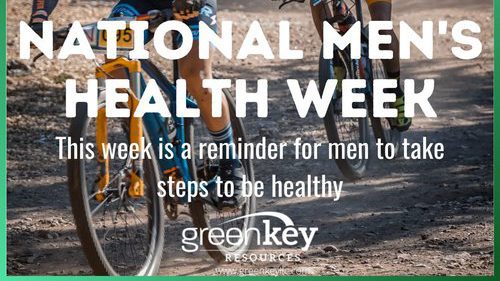When mom told you to eat your vegetables because they were good for you, she was on to something.
The apple and carrot sticks moms pack into lunch boxes and the other fruit and vegetables at dinner are more than just good healthy food. They help you live longer and have a lower risk of dying from heart disease and cancer.
If that all sounds familiar, it should. Medical professionals and the US Department of Agriculture have been telling us for years to eat more fruit and vegetables.
But what’s the right mix? And how much?
The rule of thumb, at least from the American Heart Association, has been 4-5 servings each of fruit and vegetables a day. Here’s an infographic showing us what a serving should be.
Now comes a new study published this month in the journal Circulation telling us there’s nothing wrong with that many servings, but the optimal amount for good health and the lowest risk of death is five servings.Total. Two servings a day of fruit and three of vegetables was found by researchers to be associated with the greatest longevity. More doesn’t hurt, but it doesn’t appreciably make a difference.
“This amount likely offers the most benefit in terms of prevention of major chronic disease and is a relatively achievable intake for the general public,” said Dong D. Wang, M.D., Sc.D., an epidemiologist, nutritionist and a member of the medical faculty at Harvard Medical School and Brigham and Women’s Hospital in Boston.
The lead author of the study, Wang went on to tell ScienceDaily that it makes a difference what the fruit and vegetables are. “We also found that not all fruits and vegetables offer the same degree of benefit, even though current dietary recommendations generally treat all types of fruits and vegetables, including starchy vegetables, fruit juices, and potatoes, the same.”
Peas and corn, as popular as the latter may be, offered no real benefit in lowering mortality. However, green leafy vegetables, nonstarchy vegetables, cruciferous vegetables, citrus fruit, vitamin C–rich, and β-carotene-rich fruit and vegetables did.
Anne Thorndike, M.D., M.P.H., chair of the American Heart Association’s nutrition committee and an associate professor of medicine at Harvard Medical School, said, “This research provides strong evidence for the lifelong benefits of eating fruits and vegetables and suggests a goal amount to consume daily for ideal health.”
Photo by Louis Hansel @shotsoflouis on Unsplash


